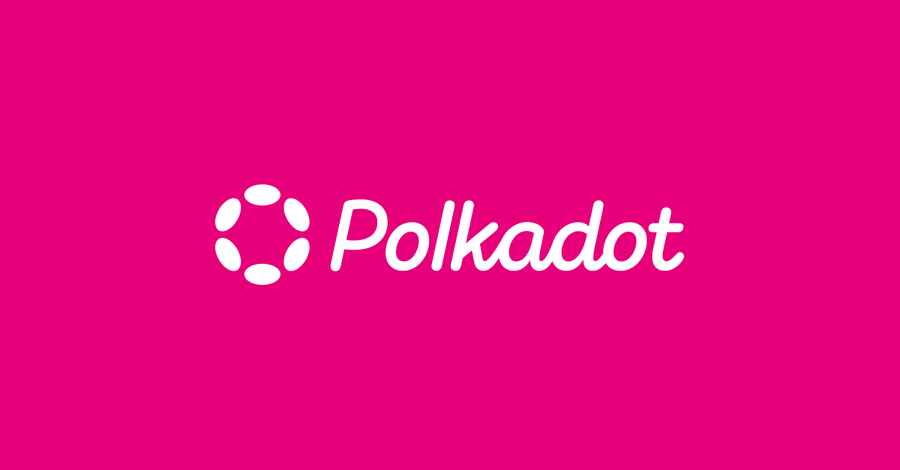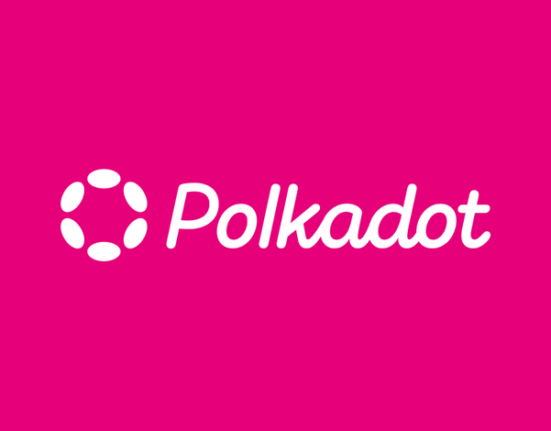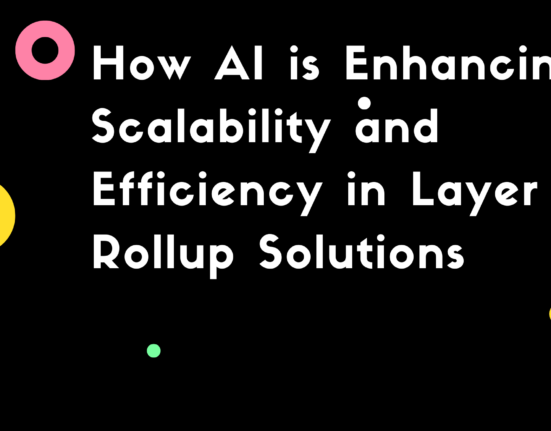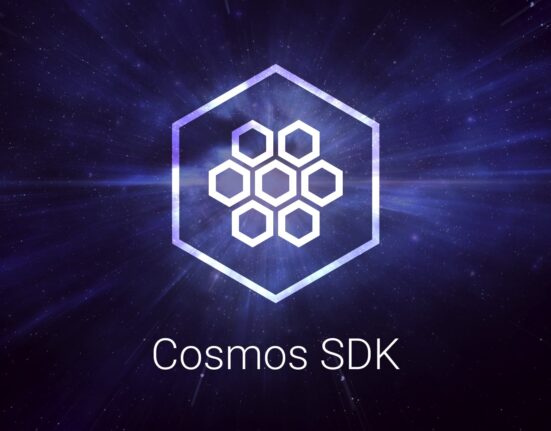The financial economy of the world has turned $100 T at the time of writing. Such milestones have been achieved because the world economy is exclusively well connected with their counterparts through a common SWIFT system, a common banking standard that connects the banking systems to streamline payments.
However, comparing the banking system with blockchains, interoperability is challenging because no two different blockchains can communicate easily with each other due to the difference in their technology stacks. As a result, they cannot communicate and exchange value like a traditional financial system. Polkadot, a decentralized blockchain protocol, is committed to solving the problem of interoperability among different blockchain ecosystems through parachains.
Contents
What are Parachains?
Parachain are independent project specific parallel blockchains that are designed in such a manner that it can allow L1 blockchains to overcome their technology barriers and connect with other blockchains in a seamless, scalable manner.
How Parachains Help Other Blockchains Turn interoperable?
The parachain helps other blockchains communicate with each other through the use of specific tooling system performing different tasks as SWIFT does for the TradFi to remain interoperable;
- Collators: Collators are links to the independent chains collecting all the events of the parachain or a parallel chain to produce a new block. The newly produced block is then passed to the validators of the parachain that would pass that block to the Relay chain for inclusion within the PolkaDot ecosystem to communicate with other interconnected blockchains.
Also Read: Layer 2 Blockchain Scaling Solutions
WASM Executable: The WASM executable will evaluate the deterministic state transition on the parachain. It is done through STF or a State Transition Function that will analyze the state of the parachain which is stored in the Merkle Tree of Parachain/Parallel Chain. If any value changes in the Merkle Tree doesn’t match with the Merkle Root, the transaction is rejected; while if it matches, such transactions are included in the block through a Proof-of-Verification (PoV). In this way, the transactions that are passed on to the Relay chain and enter the Polkadot ecosystem, such data in any form can communicate with other blockchains through the Polkadot ecosystem acting as one common hub for all.
Why They are Needed?
To Achieve Scalability
It is possible that a single blockchain can be designed for meeting with speed and scalability. However, in doing so, there might be specific app specific needs where such blockchains can backfire. For example, an application might want to keep a different governance structure and tokens for voting. In this regard, if they are using a uniform blockchain standard, it will conflict with their application interest and prevent them from building on top of decentralized technology. Polkadot parachains provide them with the way out to use blockchain technology without compromising their own sovereignty.
To Achieve Greater Flexibility
When you are building an application on top of a blockchain, you will have to sacrifice flexibility for security. The parachains help overcome that hassle by allowing independent blockchains to have complete control over their ecosystem, but at the same time, they can enjoy interoperability and tap into other blockchain ecosystems for liquidity. In this way, they can easily enjoy greater inclusivity and participation with other chains despite the other chains using a different technology stack or consensus mechanism.
Final Word
All this while, the blockchains are designed in a manner that revolves around 1-size fit all. However, in reality, the TradFi system is diverse and inclusive because every economy has their own standards of money printing, but they have the SWIFT system that relays the data across economies to trigger a smooth trade. So, it is not necessarily needed that everyone should have dollars as an international denomination to trade.
On the contrary, they can trade in their own native currency, keeping the dollar as a hedge. Likewise, the Polkadot ecosystem abstracts the need for every chain to maintain their own validator sets for protecting their network bridges. On the contrary, Polkadot uses the Parachain ecosystem validators and collators to provide a pooled security to every chain and help every chain interoperate with each other without compromising their own flexibility and sovereignty.

Subhadra, a seasoned research analyst, specializes in distilling complex developments in blockchain and AI into insightful narratives. Her expertise lies in providing a nuanced understanding of emerging technologies, making her a trusted source for in-depth and up-to-date analysis at the intersection of blockchain and AI.







